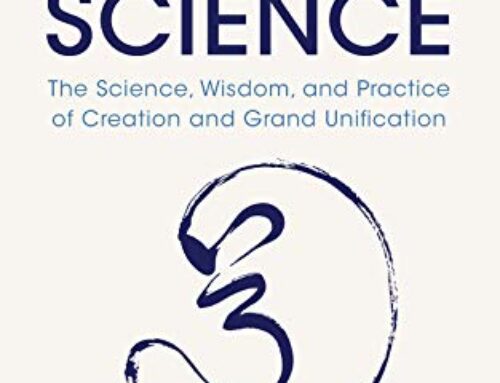The Quantum Origin of the Life: How the Brain Evolved to Feel Good
book chapter in On Human Nature
Stuart Hameroff, 2017
To download a pdf, please click here.
Introduction: Which Came First, Feelings Or The Brain?
What Drives Conscious Behavior?
According to Darwin’s theory of evolution, adaptations through random mutations serve an organism’s genes, the fittest genes surviving through reproductive success. However, Darwin’s theory renders consciousness epiphenomenal and illusory, leaves apparent gaps in evolution, and has been questioned as its sole guiding force. For example, Kauffman (1993) has invoked principles of self-organization and nonlinear emergence in life and its evolution. But to what end? What is life evolving toward? What’s the point?
In psychology and cognitive neuroscience, purposeful conscious behavior is predicated on personal reward, on an animal or human wanting to feel good (or avoid feeling bad). Conscious feelings drive behavior, whether for immediate or delayed gratification, altruism (“it feels better to give than to receive”), and/or spiritual peace and contentment. Primacy of feelings has been asserted since Epicurus in ancient Greece, Freud’s (1961) “pleasure principle” in psychiatry, and dopamine-mediated “reward” in psychology and neuroscience. Damasio (1999) has emphasized the primacy of emotional feelings, as has Panksepp (1998), and Peil (2014) who suggests they derive from a “deeper authority” which may regulate and guide our behaviors.
In philosophical terms, feelings and conscious awareness are composed of mental features termed qualia, whose essential nature remains a scientific mystery what it is like to be (Nagel, 1974), also known as the hard problem (Chalmers, 1996). We could have been unfeeling zombies, programmed to promote our species, but without qualia and inner experience. But we do have them, and we are conscious, although how and why remain unknown.
The mainstream view in neuroscience contends consciousness, feelings and qualia emerge from complex computation among many simple brain neurons (Dennett, 1991; Tononi, 2012; Churchland, 2013). Such computational emergencedbrain-as-computerdimplies consciousness appeared on earth as an adaptation of biological evolution, and may eventually be replicated in silicon. However, these views neglect the question of what life is; are based on cartoon-like abstractions of actual neurons; and fail to provide testable predictions, falsifiability, nor any semblance of experimental validation.
These failings have pushed some computationalists toward philosophical panpsychism, the assertion that qualia are properties of matter (Koch, 2012), or of discrete events in an experiential medium (panexperientialism, as proposed by Whitehead, 1929, 1933). Others suggest mental qualities derive from deeper, intrinsic features of the universe, features giving rise to qualia, along with matter, charge, spin, and various cosmological parameters (Penrose, 1989; Chalmers, 1996). In these views, qualia-like features pre-ceded life, perhaps encoded in reality, in the structure, or makeup of the universe described as fundamental spacetime geometry. If so, pleasurable qualia may have preceded life, and prompted its origin and evolution to optimize feelings.
However, in looking inward in search of qualia, panpsychists and panexperientialists must encounter the mysterious world of quantum mechanics, and specifically the “measurement problem,” related to the “collapse of the wave function.” At small scales, and the cutoff is seemingly variable, strange laws of quantum physics reign, eg, quantum particles exist in superposition of multiple states or locations simultaneously, described by a quantum wave function. Such superpositions are not seen in our everyday world, as efforts to measure or observe them apparently result in collapse to definite states. Why quantum super-positions are not seen is a mystery known as the measurement problem, which seems in some way related to consciousness.
Experiments from the early 20th century appeared to show that conscious observation caused superposition wave functions to collapse to definite states, randomly choosing a particular reality. Consciousness was said to collapse the wave function (attributed to von Neumann, Wigner, Stapp, and Chalmersdsee Stapp, 2007 but often termed the Copenhagen interpretation, after the Danish origin of Niels Bohr; see below). The Copenhagen interpretation allowed useful quantum experiments, but placed consciousness outside science, as an extrinsic entity causing collapse. Other interpretations include multiple worlds (Everett, 1957), in which each superposition possibility branches and evolves to form its own universe, resulting in an infinite number of parallel worlds.


